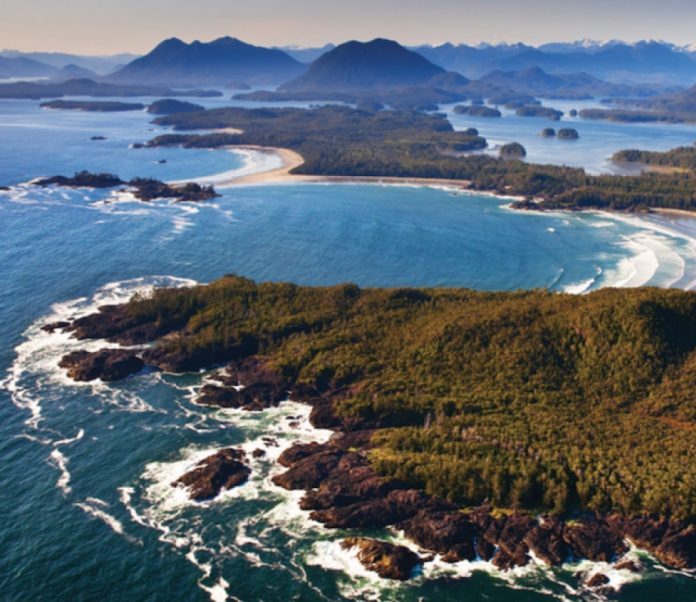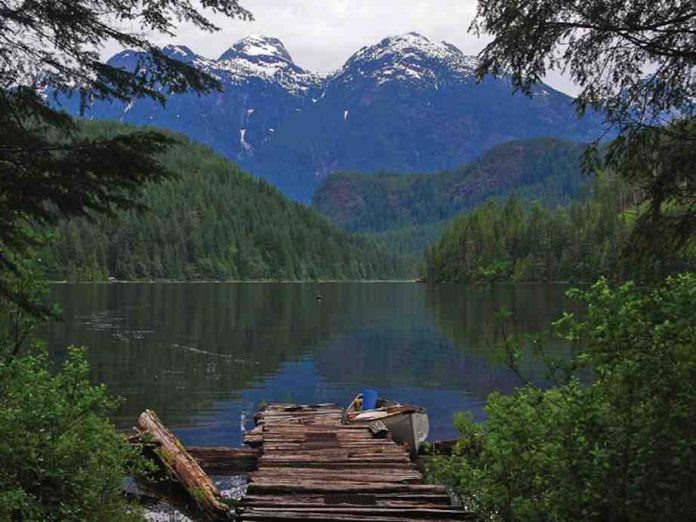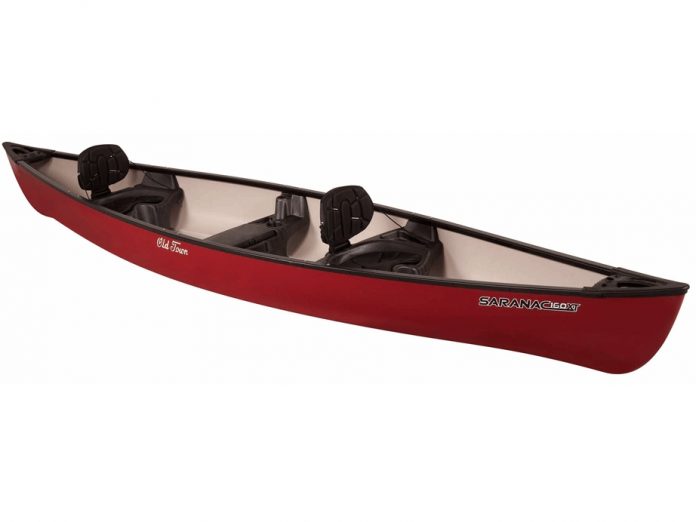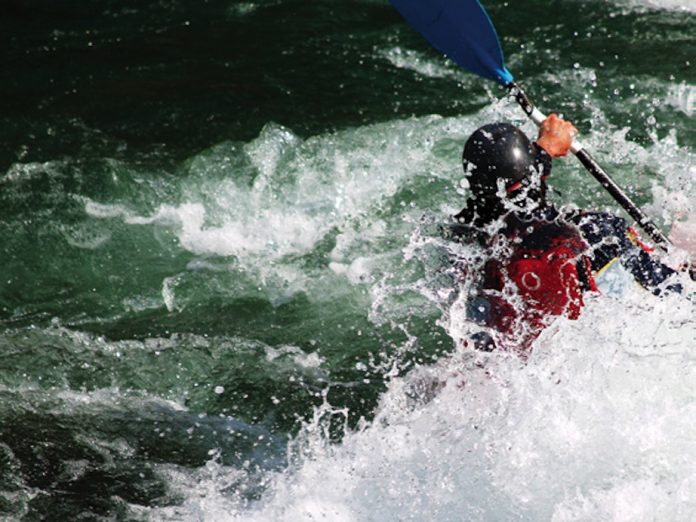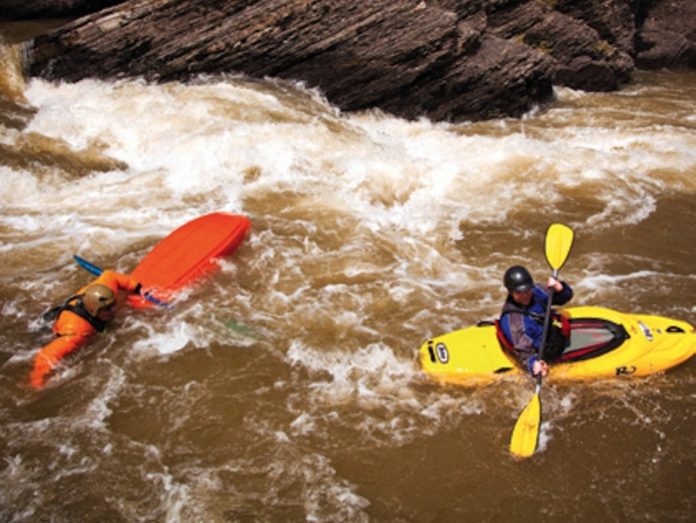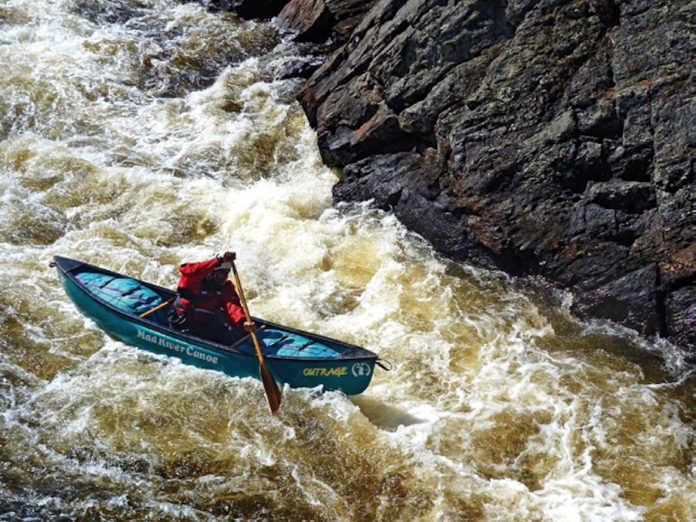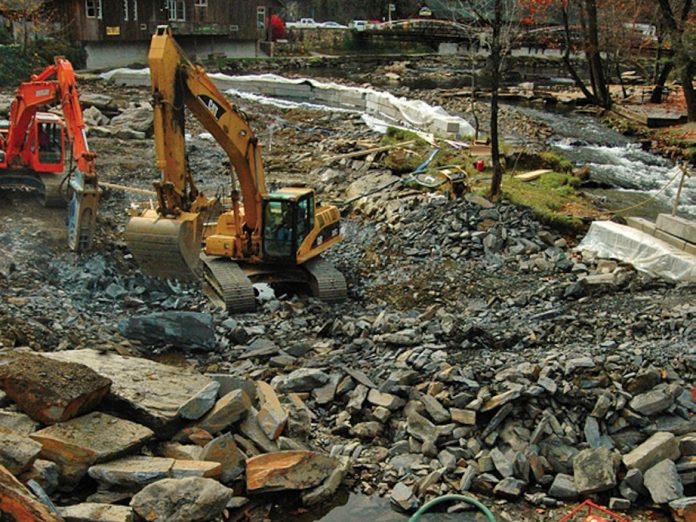My partner says I have a circle fixation. He points to my favorite foods: cookies, pineapple rings, M&Ms, microwave egg McMuffins and bowls of children’s cereal.
Okay, I admit, I took hula-hooping classes to stay paddling fit last winter and I’d rather exercise after work on my backyard trampoline than go for a run around the block. I prefer gathering with friends around a campfire rather than at a coffee table. I love everything about my cat, but what held my gaze in the crowded shelter filled with frenzied felines and the close smell of ammonia, was the roundness of her face.
Lately, I’ve been noticing a circular attraction with kayaking as well.
Case in point, have you ever been to a kayaking event where the group did not—at some point, or more likely, at several points— throughout the day or weekend convene in a circle? On land, before the skills clinic or tour, we circle around to stretch, warm up, plan and practice key stroke dynamics. Later, on the water, we again gather round to debrief, discuss and admire each other’s Kevlar and Gore-Tex.
Even our most prized skill sets are based on the coming-back-to-the-start path of the circle. A kayak roll inscribes a circle through air and water, our head tracing the circumference and our body forming the radius like the hand of a clock. And certainly we’ve all spent consider- able energies focusing on the concept drilled into paddling students by their instructors: rotation, rotation, rotation.
What’s in a shape, you may be wondering? Different sports have different geometries, informed by their respective environments. Whitewater boaters take their cues from the confined, linear spaces of river valleys; lining up along the riverbank in the narrow shelter of eddies. Skiers stand shoulder to shoulder at the precipice’s brink, studying the intricacies and fall lines of the only direction afforded them—down.
A sea kayaker’s environment is fundamentally different. The wide expanses of open coast or labyrinthine archipelagos offer endless possibilities, infinite directions. Perhaps the circle is our attempt to contain some of this, to lasso it with our mastery and equipment. How else to explain the kayaker’s fixation with circumnavigating things? Or perhaps it is rooted in the origins of our craft, of the small bands of hunters pursuing their leviathan prey with only hand-thrown harpoons and teamwork.
Or maybe, as one of my fellow hula-hoopers—a middle-aged woman wearing flowing, hand-sewn skirts and braids in her waist- length silver hair—exclaimed after a particularly moving session, “It just feels so good to be inside the circle!”
Whatever the case, across oceans and years, the circle simply seems to make sense. If you don’t feel like joining, please, have a cracker (not a Ritz) and keep your derisions to yourself. We are not “circle jerks” and—apologies to Huey Lewis fans—it’s not hip to be square.
 This article first appeared in the Summer 2012 issue of Adventure Kayak Magazine. For more great content, subscribe to Adventure Kayak’s print and digital editions here.
This article first appeared in the Summer 2012 issue of Adventure Kayak Magazine. For more great content, subscribe to Adventure Kayak’s print and digital editions here.




